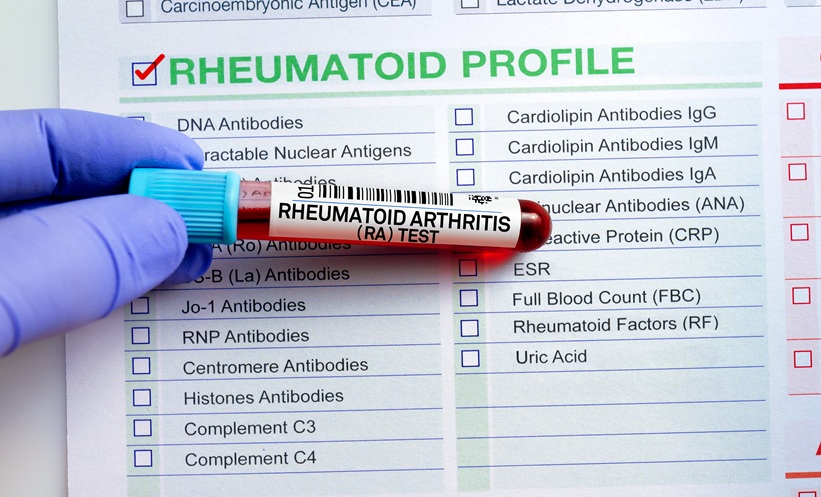Rheumatoid arthritis (RA) is associated with accelerated atherosclerosis and high cardiovascular mortality. Cardiovascular risk assessment in RA patients with comorbid hypertension (HT) does not fully reflect traditional risk scales, thus inclusion of additional factors when diagnosing these patients is required.
OBJECTIVES
The aim of the study was to estimate the adiponectin level, insulin resistance, and endothelial function in RA females with comorbid HT and investigate the relationship with subclinical manifestations of atherosclerosis.
MATERIALS AND METHODS
The study included 82 RA females with low disease activity and comorbid HT (mean age: 54.6 years, range: [49.7–62.5]) and 40 HT females without RA (control group). All patients received stable RA therapy for >6 months. Patients with coronary artery disease were excluded. The risk of fatal cardiovascular disease was calculated using mSCORE and RA disease activity was measured using the Disease Activity Score including a 28-joint count (DAS28) scale. Carotid ultrasound detection and endothelial-dependent flow-mediated vasodilatation were performed using the Celermajer method. The levels of adiponectin and insulin were measured using ELISA and insulin resistance was estimated using the homeostatic model assessment (HOMA2) index.
RESULTS
Endothelial dysfunction was established in most study group patients: 61 patients (74.4%); insulin resistance was shown in 70 patients (85.4%) and elevated levels of adiponectin in 35 patients (42.7%). Hypertensive females with RA had significantly higher adiponectin, insulin, and insulin resistance levels compared to the control group (p<0.05). Subclinical manifestations of atherosclerosis were established in most HT females with RA, while the median cardiovascular risk level was 4.2% [range: 2.7–6.5] matched by mSCORE. The presence of atherosclerotic plaques in HT females with RA was associated with age (odds ratio [OR]: 1.242; р=0.004; 95% confidence interval [CI]: 1.007–1.780), glucocorticosteroid therapy >3 months (OR: 1.56; р=0.001; 95% CI: 1.22–2.45), endothelial dysfunction (OR: 3.584; р=0.001; 95% CI: 1.710–4.723), insulin resistance (OR: 1.684; р=0.011; 95% CI: 1.22–2.74), and abnormal adiponectin level (OR: 1.71; р=0.028; 95% CI: 1.17–2.43). The area under the receiver operating characteristic curve indexes for the prognostic role of adiponectin and HOMA2 in subclinical atherosclerosis development were 0.79 (95% CI: 0.64–0.95; p<0.05) and 0.76 (95% CI: 0.61–0.92; p<0.05), respectively, indicating good quality diagnostic models.
Thus, an increased frequency of subclinical atherosclerosis manifestation was observed in HT females with RA; however, cardiovascular risk by mSCORE in HT females with RA and subclinical atherosclerosis manifestations showed a dominant, moderate risk. These results support the need for population-specific cardiovascular risk stratification models with the consideration of vascular imaging and potentially the use of novel cardiovascular disease risk biomarkers in HT patients with RA.
CONCLUSION
HT females with RA are characterised by a higher frequency of insulin resistance, endothelial dysfunction, and adiponectin level changes, which are associated with subclinical atherosclerosis manifestations.








